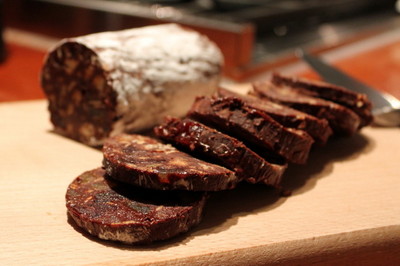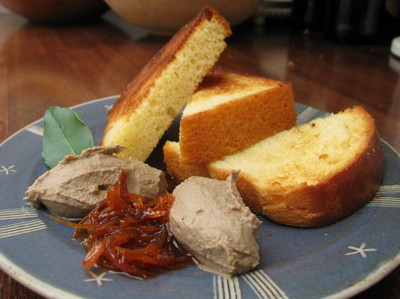Ethiopian affogato
Leave a CommentOn trips to Ethiopia one of my favourite things by far has been Ethiopian coffee, made in homes and cafes from freshly roasted and ground beans and served quite strong in small cups with sugar, and if you’re lucky, a sprig of rue. Sometimes spices such as clove, cinnamon and cardamom are thrown in with the roasting beans for a delicately spiced version.
 Espresso drinks are also very popular in cities, especially macchiato (with incredible ‘macchiato art’ of which any London barista would be envious). Italian influence in some areas of Ethiopia is also visible in the food and architecture.
Espresso drinks are also very popular in cities, especially macchiato (with incredible ‘macchiato art’ of which any London barista would be envious). Italian influence in some areas of Ethiopia is also visible in the food and architecture.
 I put all these things together to come up with this recipe for an Ethiopian themed Secret Kitchen dinner. Remember to freeze the bowl of your ice cream maker in advance if you have that sort!
I put all these things together to come up with this recipe for an Ethiopian themed Secret Kitchen dinner. Remember to freeze the bowl of your ice cream maker in advance if you have that sort!









